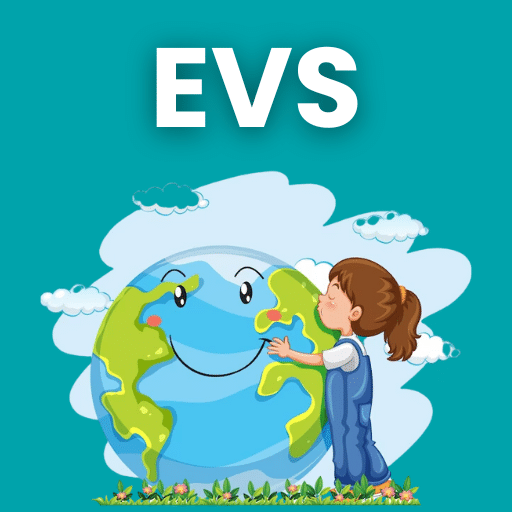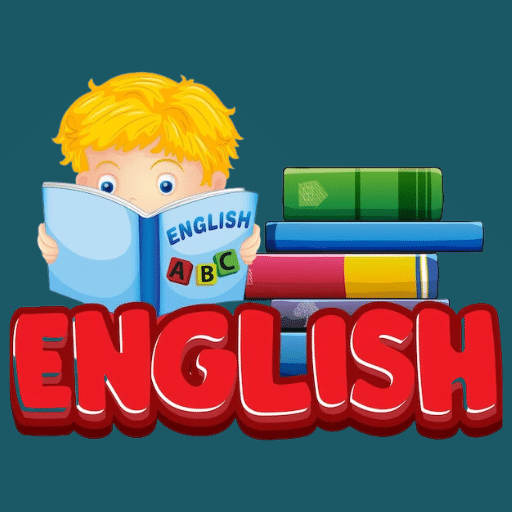Best Study Material for LKG Exam
LKG Exam > LKG Notes > EVS for LKG > Exploring Colours
Exploring Colours | EVS for LKG PDF Download
The Wonderful World of Red
- Red is a bold and fiery color that catches our attention.
- Examples: Red apples, juicy strawberries, playful ladybugs, and stop signs.
- Fun activity: Let's find different red objects around us, like red crayons or red flowers.

The Calming Blue
- Blue is a peaceful and calming color that reminds us of the sky and the ocean.
- Examples: Blue skies, splashing waves, friendly dolphins, and cute bluebirds.
- Fun activity: Let's draw the blue ocean with crayons or paint. What sea creatures can we include?

The Sunny Yellow
- Yellow is a bright and cheerful color that brings sunshine into our lives.
- Examples: Yellow sunflowers, sparkling sunrays, buzzing bees, and rubber duckies.
- Fun activity: Let's make a sunflower collage using yellow construction paper and glue. Don't forget to add a smiley face!

 |
Download the notes
Exploring Colours
|
Download as PDF |
Download as PDF
The Fresh Green
- Green is a fresh and lively color that represents nature and growth.
- Examples: Green grass, leafy trees, hopping frogs, and creeping caterpillars.
- Fun activity: Let's go on a nature walk and find different shades of green. Can you spot any interesting insects or plants?

The Lovely Purple
- Purple is a royal and enchanting color that sparks our imagination.
- Examples: Purple flowers, magical unicorns, elegant butterflies, and juicy grapes.
- Fun activity: Let's make a purple crown using purple paper and glitter. Feel like a royal prince or princess!

The document Exploring Colours | EVS for LKG is a part of the LKG Course EVS for LKG.
All you need of LKG at this link: LKG
|
24 videos|84 docs
|
FAQs on Exploring Colours - EVS for LKG
| 1. What are the primary colors? |  |
| 2. How are secondary colors created? |  |
Ans. Secondary colors are created by mixing two primary colors in equal parts. For example, mixing red and blue creates purple, mixing blue and yellow creates green, and mixing red and yellow creates orange.
| 3. What are complementary colors? |  |
Ans. Complementary colors are pairs of colors that are opposite each other on the color wheel. When placed together, they create a strong contrast and enhance each other's intensity. Examples of complementary color pairs are red and green, blue and orange, and yellow and purple.
| 4. What are warm and cool colors? |  |
Ans. Warm colors are colors that are associated with warmth, such as red, orange, and yellow. They evoke feelings of energy, excitement, and passion. Cool colors, on the other hand, are colors that are associated with coolness, such as blue, green, and purple. They evoke feelings of calmness, relaxation, and serenity.
| 5. How can colors affect our emotions? |  |
Ans. Colors have the power to evoke certain emotions and moods. For example, warm colors like red can stimulate energy and excitement, while cool colors like blue can promote a sense of calmness and tranquility. Different colors can also be associated with specific emotions, such as red with love and passion, and blue with trust and stability.
Related Searches
































